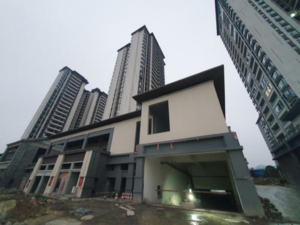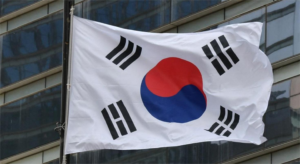
Amid slowing economic growth in China and rising concerns about business risks, an increasing number of Japanese companies are relocating their production bases to Southeast Asian countries in the ASEAN bloc.
This shift is driven by various factors, including China’s economic slowdown, regulatory concerns, and the strategic advantages offered by Southeast Asia’s growing economic sphere.
Challenges in China
China’s economy has faced significant hurdles, with a GDP growth rate of 4.7% in Q2 2024, down from 5.3% in Q1. Stagnation in the real estate sector—comprising a quarter of the country’s GDP—has contributed to falling investments and dampened consumer confidence.
Stricter regulations have also added to the unease. New espionage laws allow authorities to inspect electronic devices of individuals and organizations, further raising the risks for foreign businesses. Combined with rising labor costs and ongoing US-China trade tensions, these challenges have led to a 29.1% drop in direct foreign investments in China during the first half of 2024.
Southeast Asia’s Growing Appeal
Southeast Asia has become a prime alternative for Japanese companies due to its strategic location, young and growing population, and stable economic environment.
- Population and Market: ASEAN countries have a combined population of 670 million, surpassing the EU, with a median age far younger than many developed nations.
- Economic Growth: The region’s nominal GDP in 2023 reached $3.81 trillion and is projected to surpass Japan’s GDP by 2030.
- Infrastructure and Resources: ASEAN countries offer developed infrastructure, transparent fiscal policies, stable currency exchange rates, and a skilled labor force fluent in multiple languages, including English.
Examples of Shifting Production
Several prominent Japanese companies have already begun moving their production:
- Sony: Transferred manufacturing of cameras for Japan, Europe, and the US to Thailand, leaving its Chinese factories to focus on domestic sales.
- Kyocera: Plans to relocate part of its electric tool production from China to Vietnam by 2024 to avoid US tariffs and reduce dependency on Chinese production.
The number of Japanese companies operating in China has decreased, dropping from 14,394 in 2012 to 13,034 in 2023, with more businesses opting to relocate to Southeast Asia.
Strengthening Japan-ASEAN Partnerships
Japan and ASEAN have cultivated a robust partnership over decades, supported by initiatives such as the East Asia Summit, ASEAN Regional Forum, and the Regional Comprehensive Economic Partnership (RCEP). These frameworks promote free trade and collaboration on political, economic, and security issues.
However, for Japan to remain competitive in the region, efforts must be made to address critiques from Southeast Asian business leaders. These include Japan’s slow decision-making processes and a waning cultural influence among younger ASEAN consumers, who are increasingly drawn to South Korean and Chinese trends.
Outlook
As Japan and ASEAN celebrate over 50 years of cooperative partnerships, 2024 marks a pivotal moment to strengthen ties. The region’s growing economic clout offers Japanese companies an opportunity to thrive in a stable, dynamic market while reducing risks associated with China.




















Comments are closed for this article!